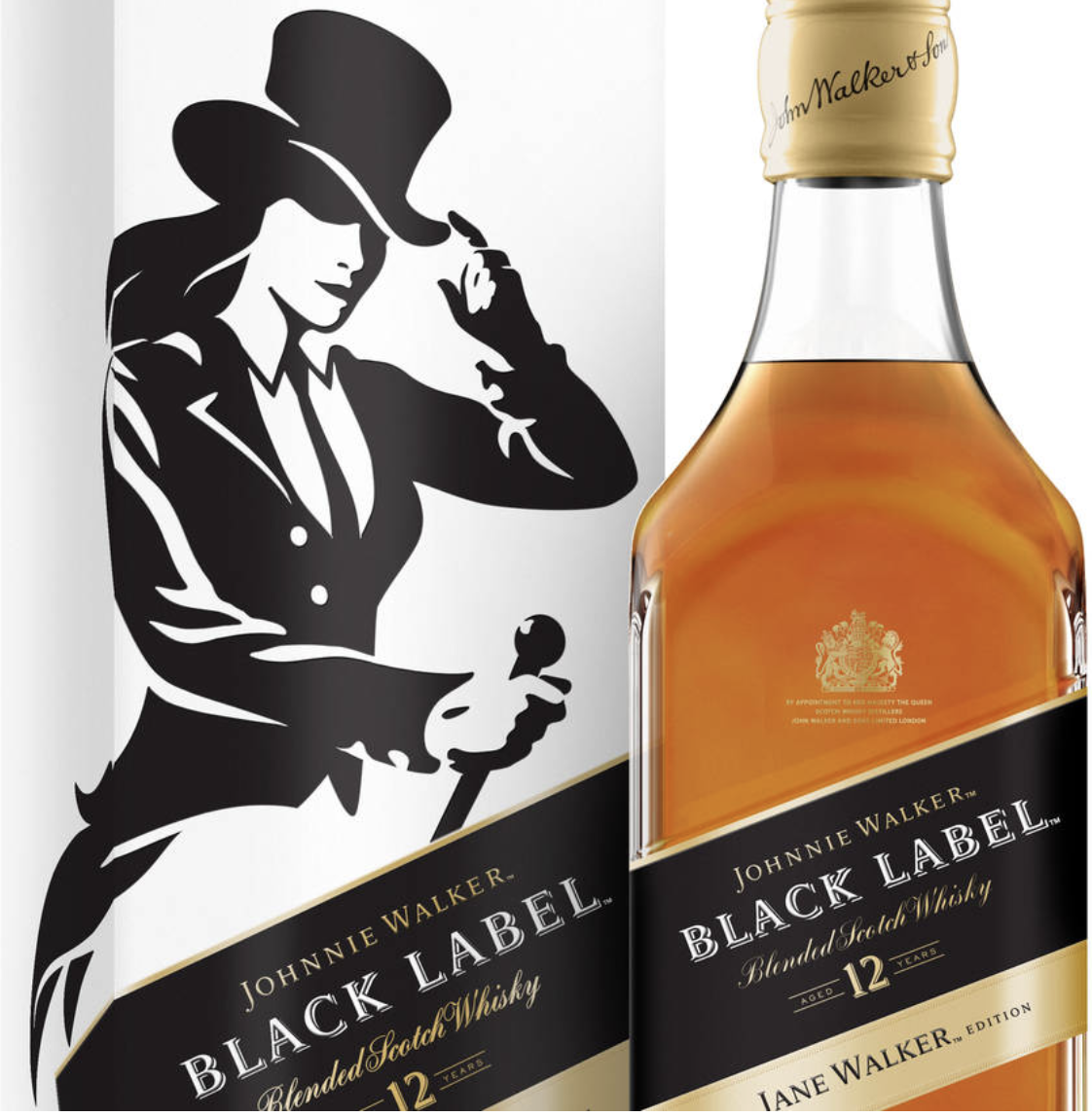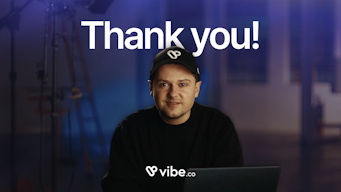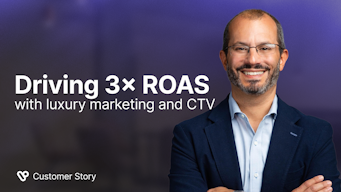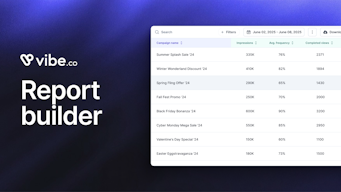Leverage Women’s Buying Power in Your Next Streaming TV Campaign
No matter your organization’s primary audience target, we’re willing to bet you’re not leveraging your female audience as compellingly as you could. Few do! Really, when marketers talk about “appealing to a female audience,” it is a clumsy stand-in for what we are really advocating, which is simply to, ever so slightly, de-center male viewers as the default audience for everything from ad campaigns to product development to go-to market strategies.
To be clear, female shoppers are not asking for more pink/small/expensive products and ads (I’m not sure that was ever actually a desire they ever had), but simply to be presented with products and services in a way that doesn’t feel like they are a secondary or tangential target. This will require some deep strategic reworking since, in the immortal words of Justice Potter Stewart, a non male-centered ad is more an example of “I know it when I see it” than any three step formula we could outline for you, but the payoff will be worth it - in spades.
Did you know women control or influence 85% of consumer spending? Or that they purchase over 50% of traditional “masculine” products, including automobiles, home improvement products, and consumer electronics? And yet… 91% of female consumers feel advertisers don't understand them. In fact, seven in 10 women go further to say they feel “alienated” by advertising, according to a recent Guardian poll. Let’s fix that!
The challenge
Simply put, a massive growth opportunity is staring most brands square in the face, but many advertisers still can’t seem to see the forest for the trees - if the forest is women’s immense buying power and the trees are week-long breast cancer awareness support campaigns once a year. That’s an exaggeration, but not by much.
That’s right: although women control spending in most categories of consumer goods, too many businesses behave as if they had no say over purchasing decisions. So if you have not carved out a marketing strategy targeting (or at least not alienating) the world’s largest consumer demographic, you could be missing out on significant growth opportunities. Of course women are not a monolith, and demographic, cultural, and economic factors play heavily in their purchasing decisions, but ignoring their point of view which does, typically, share many common trigger points, across economic and cultural classes, could be actively working against you.
According to a recent survey by global management consulting firm, Kearney, “Women will stop buying from companies who perpetuate a negative gender stereotype. More than 70 percent of respondents would change their purchase behavior if a company displayed a negative gender stereotype, with higher-income women the most willing to seek commercial revenge on offenders.” Meanwhile, most women surveyed had direct control of over 75% of their household expenses.
We will discuss ways to appeal to ever-broadening demographic sets, beyond the outdated personas many brands still - knowingly or not - cling to out of convenience, but first let’s examine some of the top industries set to benefit from more thoughtful, “non male-centered” advertising.
Not surprisingly, food, fitness, beauty, and apparel lead the pack in top spending categories for women, but just as important, and starting from a serious disadvantage, are the financial services, healthcare, and automotive industries. A recent Mintel study found automotive marketing campaigns to be a particularly egregious offender, as “more than half of female car buyers said they want to see more female spokespeople, and more than two in five said they want to see more women featured in car campaigns. Female consumers want to be seen as individuals, not just mothers or wives” since “half of female consumers said they know more about cars than they’re given credit for and only 3% of women said they don’t plan to be involved in their next vehicle purchase.”
Sounds like a wide open market to us!
Now that we’ve convinced you that the first ad idea to enter your marketing team’s mind – especially if it’s a male-dominated team - may not be the most impactful, here are a few examples of what not to do before diving into the massive female market opportunity.
Too often, advertisers recognize they need to broaden the scope of their storytelling to include shifting centers of buying power “still think marketing to women is as simple as slapping pink on everything and calling it a day,” but again, it’s important to reiterate that the call to expand campaign appeal is not about adding traditionally “feminine” stereotypes to an originally male-centered ad, it’s about showing all types of people using your product in all types of ways that suit their specific needs.
Here’s an example. In another lifetime, I worked as an innovation consultant for large brands to help them gather qualitative, human-centered insights into their various business processes. In this particular instance, a large razor brand had commissioned us to test out a new prototype that involved a flower-shaped flashlight and scented soap attached to their newest razor release. The results were unequivocal: “Why on earth would we need a flashlight on our razors? And our soaps are all already scented within an inch of their lives, thank you very much, we don’t need to pay an extra $5 per razor to smell like coconuts.” You know what our entirely female panel wanted? Radical efficiency that suited their unique needs; because, surprise surprise, shaving two entire legs, plus a bikini line, plus two armpits, and maybe a little fuzzy treasure trail, takes a lot more time - and, arguably, finesse - than shaving one face. It turned out over a quarter of the women surveyed purchased their razors from the men’s section because they believed them to be more efficient, even though they felt alienated by the marketing/packaging/language of the product. Oops!
The opportunity
Here’s why this anecdote matters: it can be applied across the spectrum of products and services that are only winning incremental female market share, when the opportunity remains huge. Case in point, a recent Travel Industry of America study reports that “the average adventure traveler is not a 28-year old male, but a 47-year-old female who wears a size 12 dress.” But you wouldn’t know that by following REI, Yeti, or Patagonia campaigns, all featuring rugged 25 year old men with bulging biceps. That’s their loss.
At a glance, here are some numbers summing up demographic purchasing breakdowns for consumer products. Women are probably buying a lot of products you think of as “masculine,” because they basically buy everything for whatever type of household they belong to.
Women account for 85% of all consumer purchases

Separately, because women are typically more willing to try new products or technologies (especially if company values align with their own), are more brand-loyal, and much more likely to make product recommendations, they have the potential to be a highly profitable target audience for small business owners, as long as they engage with them consistently. Trust us, it’s worth the effort: according to a recent Ogilvy report, a whopping 92% of women pass along information about deals or online recommendations to their friends, family, and online communities.
It’s important to cultivate these relationships across the customer journey, so that women can easily share their feedback (social media), but also be introduced to your brand values in a compelling way (TV), find you easily online (PPC), and have an experience worth sharing with others (customer service). Don’t skimp on any of these stages, because women’s consumer megaphone is giant:
- 85% of women research online before they make a purchase
- 40 million more women than men use Twitter
- Pinterest’s profile is 70% female and drives more business and referrals than Google+ and LinkedIn combined
- Mothers are some of the most active female consumers online and adopt new technologies faster than the average person.
Ok, so how can advertisers make a compelling case to consumers who don’t fit in a campaign creative mold that still today speaks to men by default? We’re glad you asked.
The fix
Remember, the answer to our call for broader demographic appeal is not to just place your ads next to telenovelas and slap a pink border around them (although telenovela audiences are some of the most engaged in the entire televised ecosystem!). It often means something as simple as casting central female characters in your ads, in a context that resonates with their everyday experiences. It’s pretty low-hanging fruit since, even today, according to the Harvard Business Review, "Companies continue to offer [women] poorly conceived products and services and outdated marketing narratives that promote female stereotypes. Cars, for example, are designed for speed — not utility, which is what really matters to women.”
It’s often not so much about marketing to one or the other, but making room for women at the table. Take for example, a recent Johnny Walker campaign that vastly expanded their appeal and capitalized on purchasing trends that were already affecting their market: they came to realize that women made up a large percentage of their customer base even though they were never specifically targeted in their campaigns, so in the last 2 years, they’ve begun to feature more women in their marketing campaigns and on their website, even developing a separate campaign strategy around “Jane Walker” scotch. The results speak for themselves.

Conversely, no one over at Charles Schwab probably ever intended for their ads to basically only feature men. It just happened as a matter of fact, as a default mode. One that probably cost the company valuable female clients.
Again, it’s not so much about centering women as opening your campaign language and creative up to vast swaths of marginalized audiences as did, for example, Rihanna’s wildly popular Fenty runway show, live streamed exclusively on Amazon Prime, which garnered an astounding 90% higher demand volume than all variety titles in the US, while featuring more plus sizes and disabled models than any other runway show - ever.
How can you learn from these high profile campaigns? Here are some pointers:
- Display your products or services in a rich contextual setting (especially suited for television campaigns) to enhance women’s perceptions of emotional value, which heightens their purchase intentions.
- Leverage testimonials and community as much as possible to enhance your female targets’ sense of community buy-in with your brand, even adapting your creative to speak to subcategories like moms, for example: 38% of moms are more likely to purchase from brands “liked” by other women.
- According to the Harvard Business Review (and common marketing sense) women want to buy products and services from companies that do good for the world, especially for other women. Brands that—directly or indirectly—promote physical and emotional well-being, protect and preserve the environment, provide education and care for the needy, and encourage love and connection (at least in their marketing) will benefit.
- Don’t be condescending! Remember Dell’s launch of the “Della” website for women, emphasizing colors, computer accessories, and tips for counting calories and finding recipes? Suffice to say it did not go well: it created an uproar among women, who described it as “disconcerting” and “condescending.”
- Lean on influencers to share your content. Influencers have broken out of their social media shackles, and will now happily sign on to work with you across channels and devices to promote products that fit their brand. And we’re not just talking Mommy Bloggers here. Women dominate the influencer marketing space and accounted for 89.9% of all ad posts last year. In most cases, female influencers tend to attract an audience of other women, which makes them ideal channels for brands to use in marketing to a female demographic.


